In pictures: 10 most common birds in Singapore
Sign up now: Get ST's newsletters delivered to your inbox
Feng Zengkun
The Nature Society recently conducted its latest annual census of birds in Singapore. These are the top 10 most common birds, from the most common to less seen, that were spotted and some facts about them.
1) Javan mynah
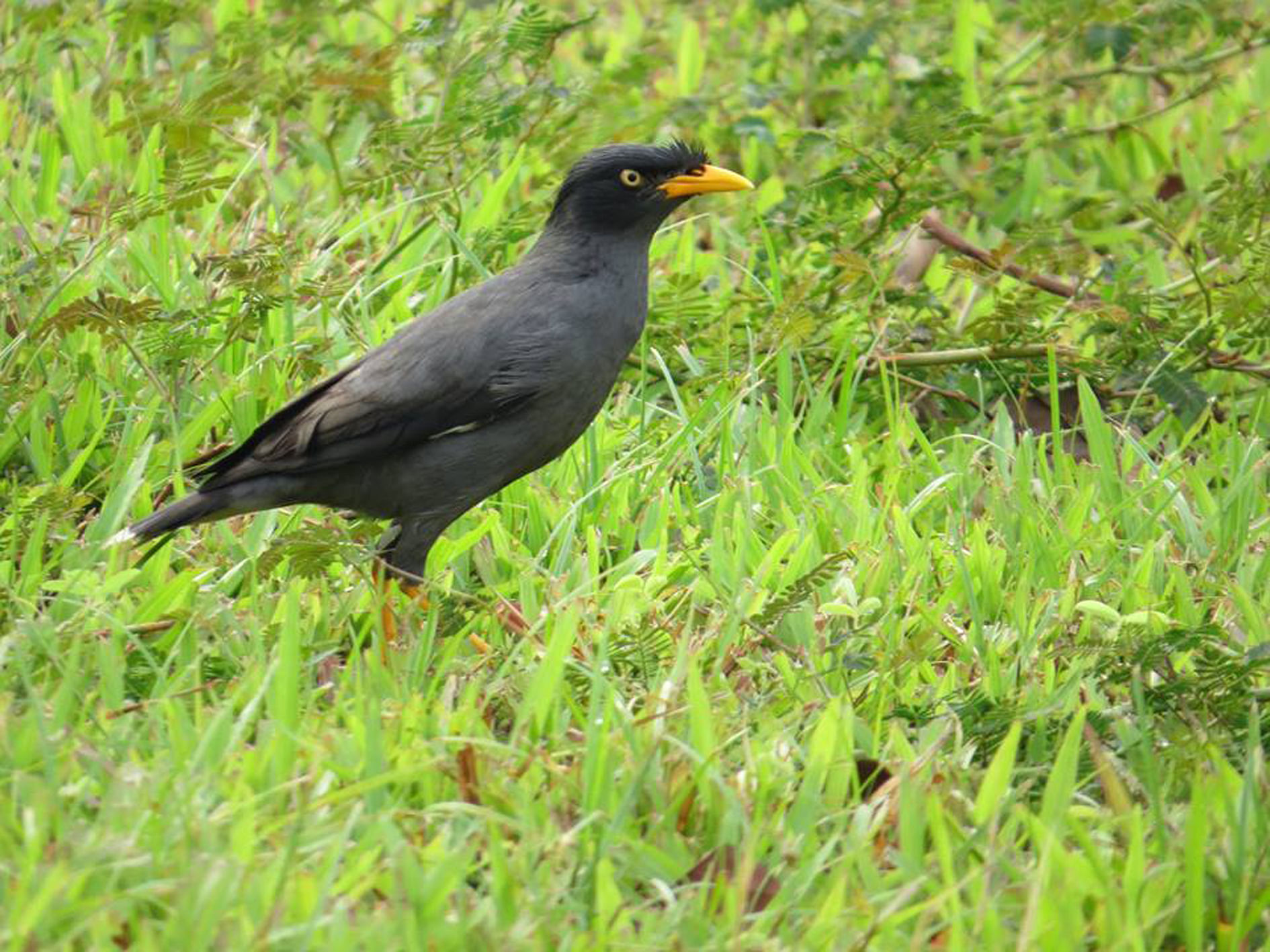
Also known as the White-vented mynah, this bird was brought into Singapore around the year 1920 as a pet bird.
It is extremely adaptable in terms of food and breeding sites. It wakes up well before other birds to feast on road kills along expressways, and also feeds on insects, fruits and human food.
It can often be found walking around open-air hawker centres and canteens looking for leftover food.
Some researchers believe the aggressive bird is the cause of the decline of other bird species here, such as the Magpie robin and the common mynah.
2) Asian glossy starling

These glossy birds are social creatures that often gather in large flocks, sometimes numbering up to 30 individuals.
They love to congregate on TV antennas, and are also often found feeding on fruits and berries.
At night, they join other flocks in large communal roosts, and may even join mynahs in mixed roosts.
Their call is a ringing whistle when they are in flight, and a metallic ink when they are perched.
3) Pink-necked green pigeon
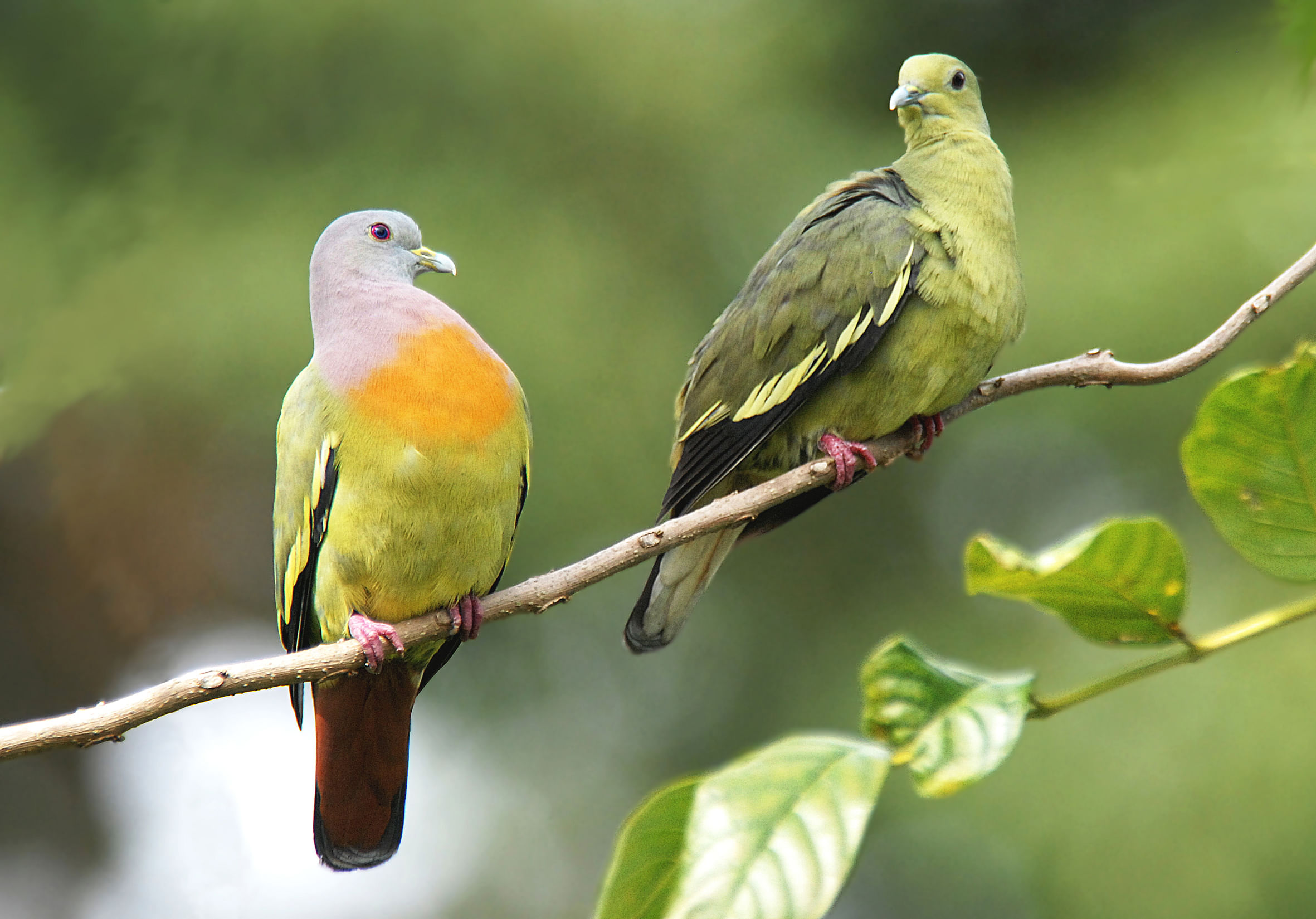
The male of this species (left in the picture) is more colourful, compared to the female (right). They live in trees and seldom come to the ground except to drink.
Both male and female parents help to incubate the eggs and take care of the nestlings.
The male usually arrives at the nest at about 8am and stays in the nest all day, while the female arrives at around 5pm and stays all night.
Pigeons and doves do not have well-developed oil glands, which in other birds are used to waterproof their feathers. Instead, they have special plumes scattered throughout their body which disintegrate to produce a powder that cleans and lubricates the feathers.
4) Yellow-vented bulbul
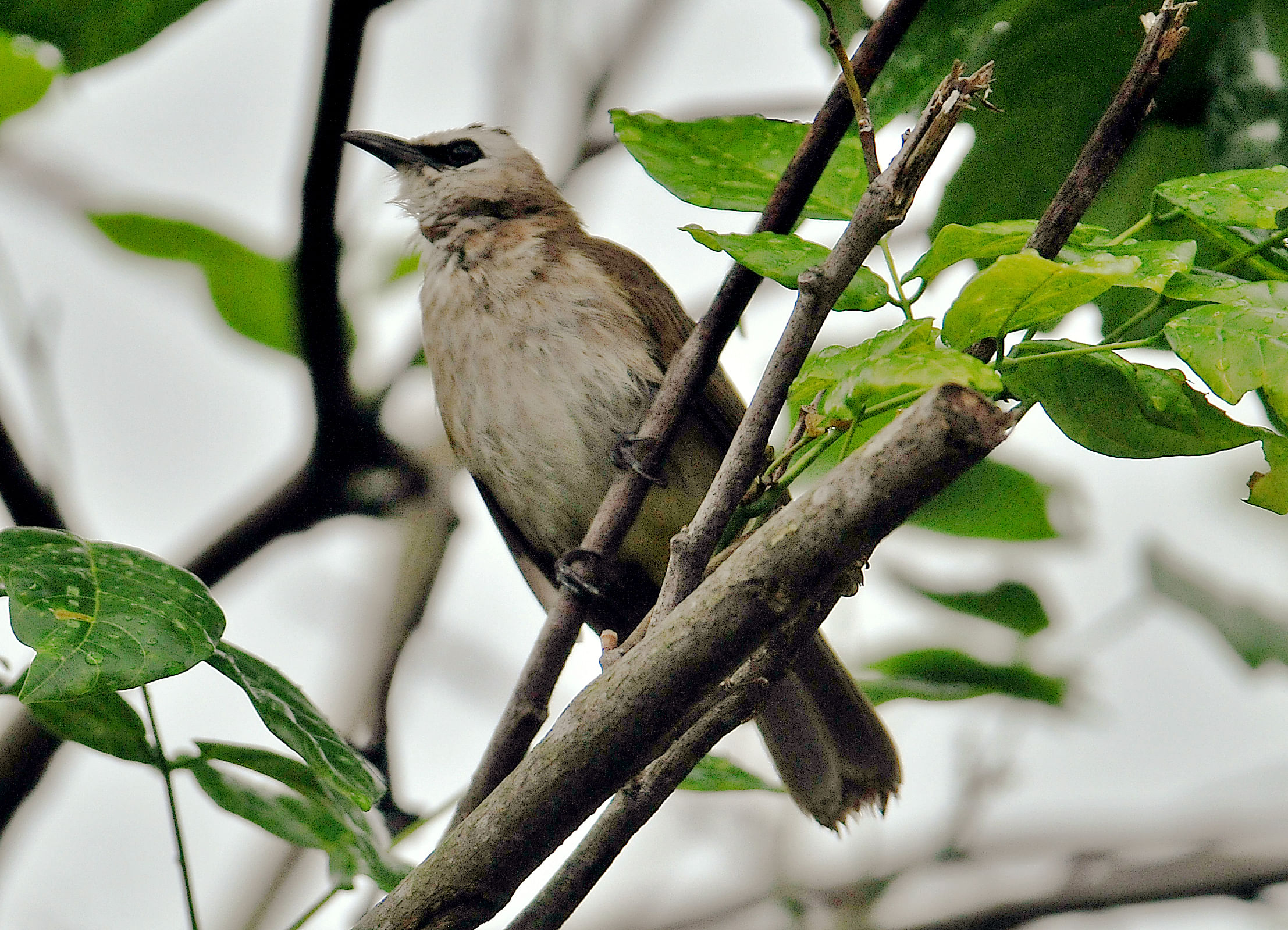
This is one of the most common birds in parks and gardens, and can often be seen feeding on small flowering shrubs.
Its cup-shaped nest is usually made of plant materials but can include strips of plastic bags, tissue paper and pieces of raffia.
When not foraging for plant food or insects like ants, grasshoppers, beetles and caterpillars, it spends most of its time in comfort behaviour such as bathing and preening.
The chicks sometimes commit siblicide, pushing the younger and weaker sibling out of the nest.
5) Whimbrel

These birds breed in the sub-Arctic and Arctic regions, and move south to Southeast Asia, Australia, New Zealand and other countries during the winter.
They are most commonly seen in Singapore between September and November, often at the mudflats of the Sungei Buloh Wetland Reserve and Pulau Ubin.
They use their long, downward-curving bills to feed on crustaceans and marine creatures.
They have few natural predators except for foxes and large raptors, but their numbers have been reduced due to the habitat loss, pollution of shorelines, and people hunting them for sport.
In 2014, a Whimbrel was spotted at Sungei Buloh Wetland Reserve 19 years after it first appeared there. Scientists here had tagged it in 1995 by attaching a small ring to its leg for research.
6) Pacific golden plover
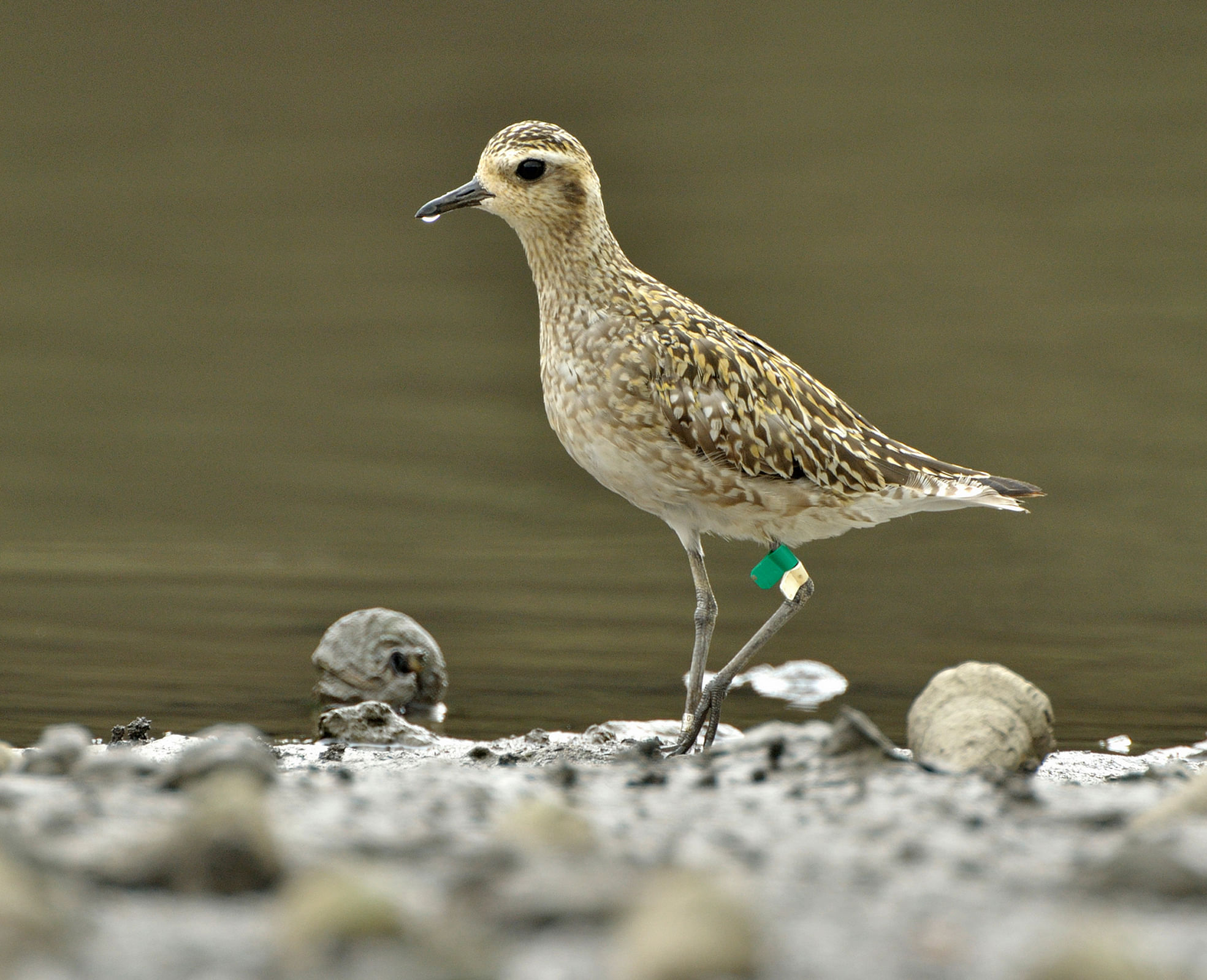
Another visitor to Singapore's shores, these birds feed on small molluscs, crabs, marine worms, spiders, insects and sometimes seeds and berries.
It can fly 4,500km non-stop, and often does so in flocks of a few hundreds to thousands of birds.
The adults have two distinctive looks in one year. The winter plumage of brown and golden spangles on the wings is the one usually seen at Sungei Buloh (in picture).
But during late July and August, when they first arrive here, and in April, when the last few birds fly off to their breeding sites, some may have on their breeding colours: a beautiful black from face to belly; a richer and brighter gold on their wings; and a prominent white stripe that extends from the base of its beak, up over their eyes and down the sides of their breast.
7) Common redshank

These birds can be quickly identified by their red legs, while the juveniles have greenish-yellow legs.
The wary and nervous birds patrol rocky, muddy or sandy shores, walking at a fast pace, regularly pecking at the surface.
During the breeding season, they hunt spiders, insects and worms. At other times they also eat molluscs and crustaceans, and sometimes small fishes and tadpoles.
They feed in dense flocks for safety, and are often the first birds to panic and give noisy alarms to other nearby birds when there is a threat.
8) Common pigeon

These birds are native to the Middle-East and North Africa, and were introduced here in the 1960s, probably as escapees from stocks of birds sold as food.
Several of these birds were kept as part of a menagerie in the Botanic Gardens in 1880.
In 1968, just 100 were recorded near the Victoria Theatre. Today, they are one of the most common birds in Singapore, and are often found in large flocks in housing estates.
The ancestors of the common pigeon nested on sea cliff ledges. That might be why they take to the ledges of buildings with ease.
9) Black-naped oriole
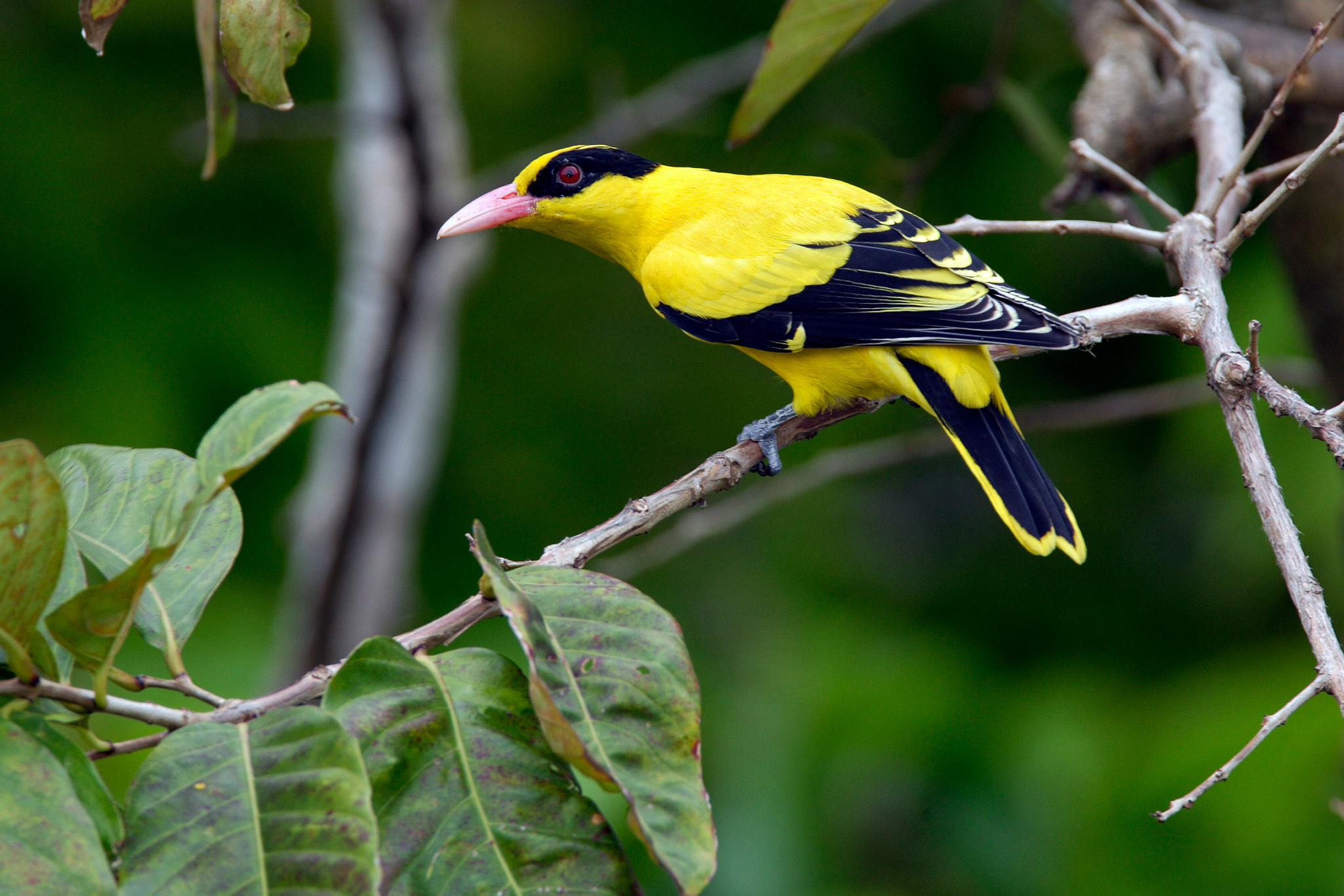
This distinctive, black-and-yellow bird can be found in gardens, parks, urban areas, forests and mangroves.
It makes a range of very loud, clear whistles, including a melodious "too-whee-you" whistle and a harsher, cat-like noise.
During courtship, the couples indulge in high-speed aerial chases, with the males chasing after the females.
The aggressive bird also frequently raids the nests of other birds, such as the Yellow-vented bulbul and Spotted dove, to feed on the eggs and nestlings.
It was featured on the $500 notes of the Bird Series currency notes issued by the Monetary Authority of Singapore between 1976 and 1984. It was also showcased on the 50-cent stamps in a 1991 postage stamp series, as well as on the $1 stamps in a 2002 series.
10) Little egret
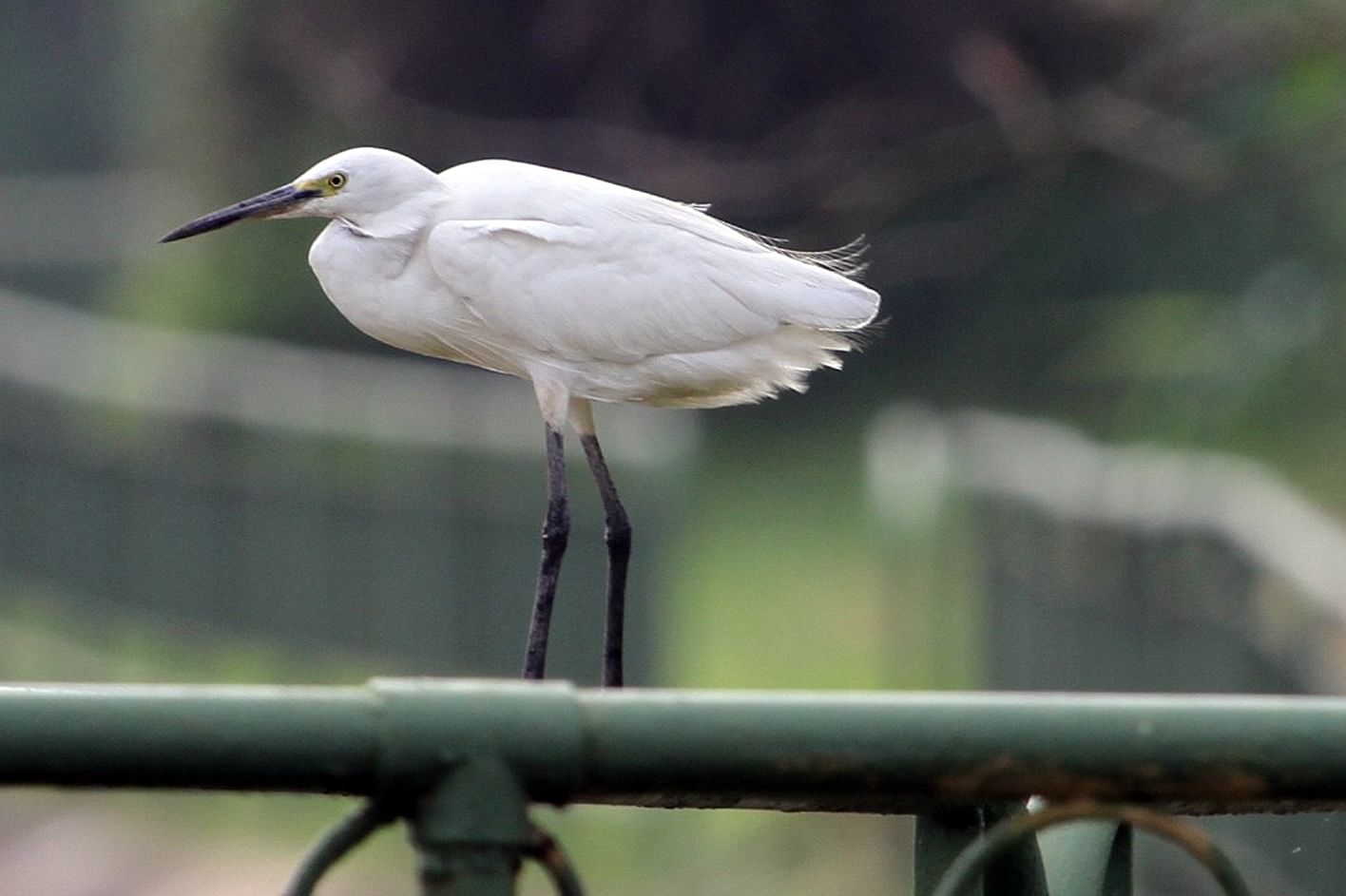
This bird is the smallest and most common egret seen in Singapore. There are two subspecies that visit Singapore: the Egretta garzetta garzetta that has yellow feet, and the Egretta garzetta nigripes that has mostly black feet.
The garzetta is a common visitor here, while the nigripes is considered a rare visitor. Most of the migrants visit between September and May.
It is usually solitary or in small groups. It is active and dainty, often dashing about in shallow water when feeding. It eats mainly fish and prawns.
It has a wide variety of hunting techniques. It spreads its wings to create a shadow, which lures fishes in. Sometimes it also uses its foot to paddle water, to scare up its prey. It might also stand on one leg and wave its other bright yellow foot over the water, to lure aquatic prey into range.
Egrets used to be killed because their feathers were popular fashion accessories. When it is breeding, it grows long, filmy plumes. In 1903, one ounce (28g) of these plumes was worth twice as much as an ounce of gold. The birds were nearly hunted to extinction as it takes four birds to produce just one ounce of the feathers.
Sources: National University of Singapore, Lee Kong Chian Natural History Museum, Nature Society, Naturia

